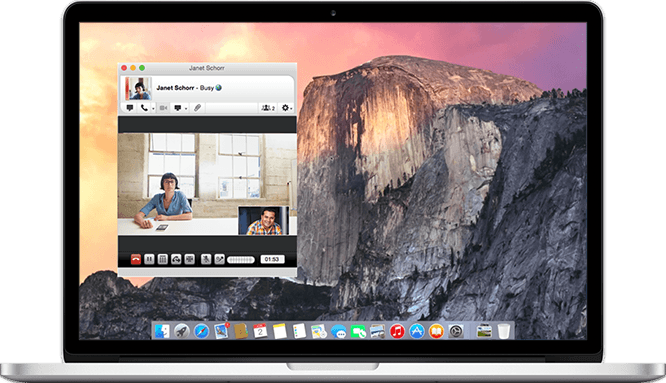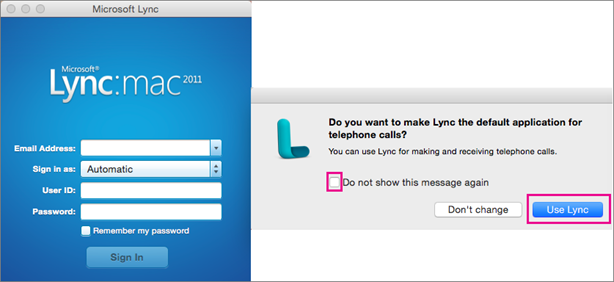
Read the table as in the following example:


However, some categories may be outside the technical support boundaries of a Skype for Business Online support engineer. This table is provided to help scope the problem to a certain category. When you have the answers to these questions, see the following table to determine the kind of issue that you're dealing with. Can the affected users reproduce the problem on a single computer or on multiple computers?.Are the users internal or external to your organization?.How many users does the problem affect?.Before you start, ask yourself and any external users who are experiencing the issue the following questions:
#Lync for mac 2011 launching instead of skype for business windows#
Let's assume that you want to troubleshoot issues that occur when users try to join a Skype for Business Online (formerly Lync Online) meeting by using Lync 2010, Lync 2013, the Lync for Windows Store app, or Lync for Mac 2011. The SIP profile folder and cached information will be rebuilt, when the client starts again and the issues above should be resolved.Thank you. This directory will be rebuilt when the SfB / Lync client is restarted the next time.

Lync 2010: %UserProfile%\AppData\Local\Microsoft\Communicator\.This cached information is stored in the users SIP Profile in a folder named sip_( SipURI of the user) located on a Windows computer in the following folder, depending of the client version: The cache is to minimize the bandwidth consumption of the Skype for Business (Lync) client, since it retrieves a lot of information from cache. This caching information is used when the client does e.g. The desktop client of Skype for Business (or Lync 2010 / Lync 2013) cache a lot of information on the PC. I recently had a scenario, where clearing up the current Skype for Business Profile solved our problem, I our case the Skype for Business client had problems logging on and it was not related to network or DNS.


 0 kommentar(er)
0 kommentar(er)
